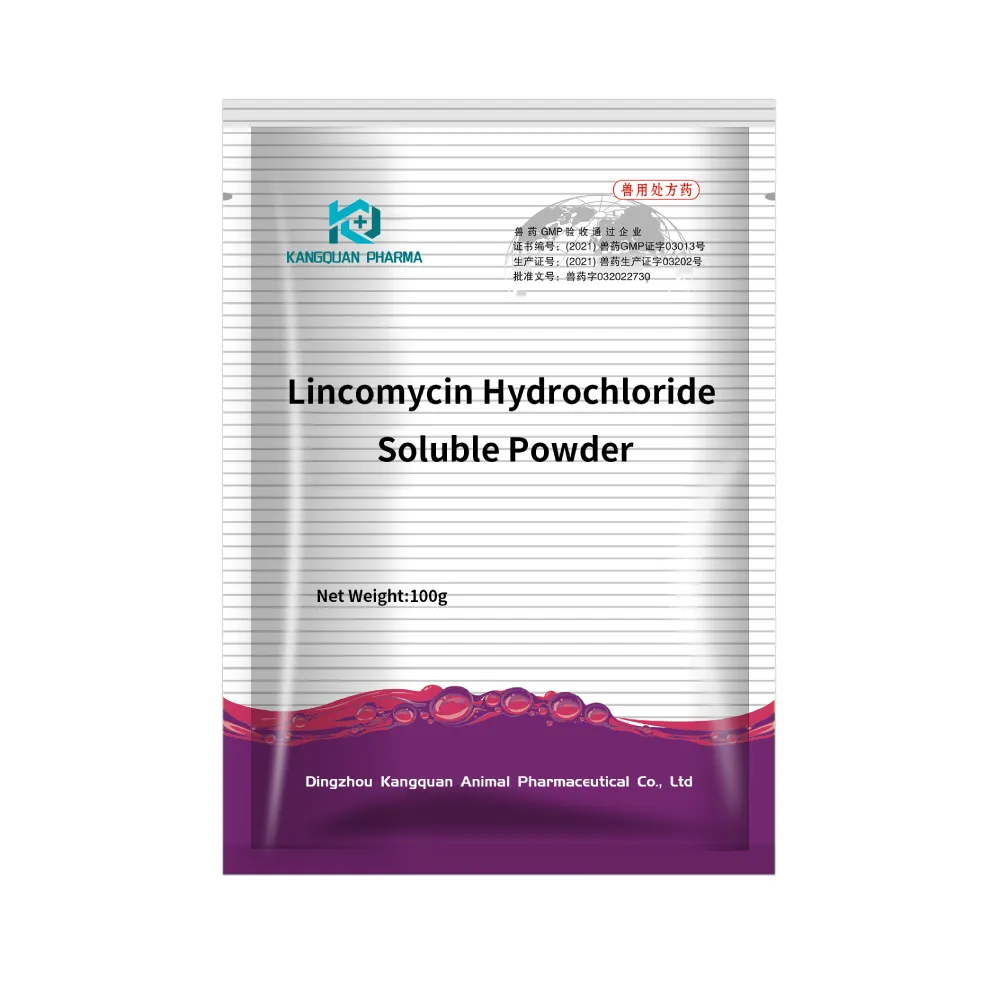- Afrikaans
- Albanian
- Amharic
- Arabic
- Armenian
- Azerbaijani
- Basque
- Belarusian
- Bengali
- Bosnian
- Bulgarian
- Catalan
- Cebuano
- Corsican
- Croatian
- Czech
- Danish
- Dutch
- English
- Esperanto
- Estonian
- Finnish
- French
- Frisian
- Galician
- Georgian
- German
- Greek
- Gujarati
- Haitian Creole
- hausa
- hawaiian
- Hebrew
- Hindi
- Miao
- Hungarian
- Icelandic
- igbo
- Indonesian
- irish
- Italian
- Japanese
- Javanese
- Kannada
- kazakh
- Khmer
- Rwandese
- Korean
- Kurdish
- Kyrgyz
- Lao
- Latin
- Latvian
- Lithuanian
- Luxembourgish
- Macedonian
- Malgashi
- Malay
- Malayalam
- Maltese
- Maori
- Marathi
- Mongolian
- Myanmar
- Nepali
- Norwegian
- Norwegian
- Occitan
- Pashto
- Persian
- Polish
- Portuguese
- Punjabi
- Romanian
- Russian
- Samoan
- Scottish Gaelic
- Serbian
- Sesotho
- Shona
- Sindhi
- Sinhala
- Slovak
- Slovenian
- Somali
- Spanish
- Sundanese
- Swahili
- Swedish
- Tagalog
- Tajik
- Tamil
- Tatar
- Telugu
- Thai
- Turkish
- Turkmen
- Ukrainian
- Urdu
- Uighur
- Uzbek
- Vietnamese
- Welsh
- Bantu
- Yiddish
- Yoruba
- Zulu
8 月 . 16, 2024 18:38 Back to list
Categories of Veterinary Disinfectants and Their Uses in Animal Care
Understanding Veterinary Disinfectant Groups Importance and Application
Veterinary disinfectants are critical tools in maintaining the health of animals and preventing the spread of infectious diseases in veterinary practices, farms, and animal shelters. They are specifically formulated to kill pathogens, including bacteria, viruses, fungi, and spores, which can threaten animal health and, by extension, public health. Given the diverse nature of pathogens and the variety of settings where animals are kept, disinfectants can be categorized into several groups based on their active ingredients and mechanisms of action. Understanding these groups is essential for selecting the right product for specific situations.
1. Alcohol-Based Disinfectants
Alcohol-based disinfectants, primarily containing ethanol or isopropyl alcohol, are widely used due to their rapid action and broad-spectrum efficacy. They are effective against bacteria and enveloped viruses but less so against non-enveloped viruses and spores. Their primary advantage is the quick evaporation rate, making them ideal for surface disinfection in clinical settings. However, they must be used on pre-cleaned surfaces and are not suitable for all materials, as they can damage plastics and certain finishes.
Chlorine-based compounds, such as sodium hypochlorite, are powerful disinfectants that are often used in veterinary medicine to control outbreaks of bacterial and viral diseases, particularly in poultry and livestock industries. Their broad-spectrum activity makes them effective against a wide range of pathogens, including spores. However, chlorine compounds can be corrosive and irritating, necessitating careful handling and dilution according to guidelines. They are typically used in cleaning surfaces and equipment, especially in environments prone to contagious outbreaks.
3. Quaternary Ammonium Compounds (Quats)
veterinary disinfectant groups

Quaternary ammonium compounds are another group of disinfectants widely used in veterinary practices. They are effective against many bacteria and enveloped viruses and are often chosen for their low toxicity and pleasant fragrances. Quats work by disrupting cell membranes, leading to cell death. However, their effectiveness can be compromised in the presence of organic matter, necessitating thorough cleaning of surfaces before application. Quats are commonly used in animal housing, grooming tools, and veterinary clinics.
4. Hydrogen Peroxide and Peracetic Acid
Both hydrogen peroxide and peracetic acid exhibit strong antimicrobial properties. Hydrogen peroxide acts through oxidative damage to microbial cells, while peracetic acid is a potent oxidizer that breaks down cell membranes. These compounds are particularly effective against bacteria, viruses, and spores, making them suitable for high-level disinfection. They can be used in various settings, including surgical instruments and high-touch surfaces. However, users need to ensure proper ventilation and follow safety guidelines to avoid potential skin or respiratory irritation.
5. Aldehyde-Based Disinfectants
Aldehyde-based disinfectants, such as glutaraldehyde and formaldehyde, are highly effective, especially for high-level disinfection of equipment and instruments. They are capable of killing a wide range of pathogens including bacteria, viruses, and fungi. However, due to their potential health risks, including respiratory irritation and carcinogenicity, their use must be approached with caution. Protective equipment is necessary when handling these substances, and they should only be used in well-ventilated areas.
Conclusion
The selection of appropriate veterinary disinfectants is crucial in safeguarding animal health and preventing the spread of zoonotic diseases. Each disinfectant group has unique properties, advantages, and limitations, making it essential for veterinarians and animal care professionals to understand these differences when planning disinfection protocols. Effective use of veterinary disinfectants, along with proper sanitation practices, forms the backbone of infection control in animal healthcare, ensuring the well-being of animals and the communities in which they live.
-
The Power of Radix Isatidis Extract for Your Health and Wellness
NewsOct.29,2024
-
Neomycin Sulfate Soluble Powder: A Versatile Solution for Pet Health
NewsOct.29,2024
-
Lincomycin Hydrochloride Soluble Powder – The Essential Solution
NewsOct.29,2024
-
Garamycin Gentamicin Sulfate for Effective Infection Control
NewsOct.29,2024
-
Doxycycline Hyclate Soluble Powder: Your Antibiotic Needs
NewsOct.29,2024
-
Tilmicosin Premix: The Ultimate Solution for Poultry Health
NewsOct.29,2024













